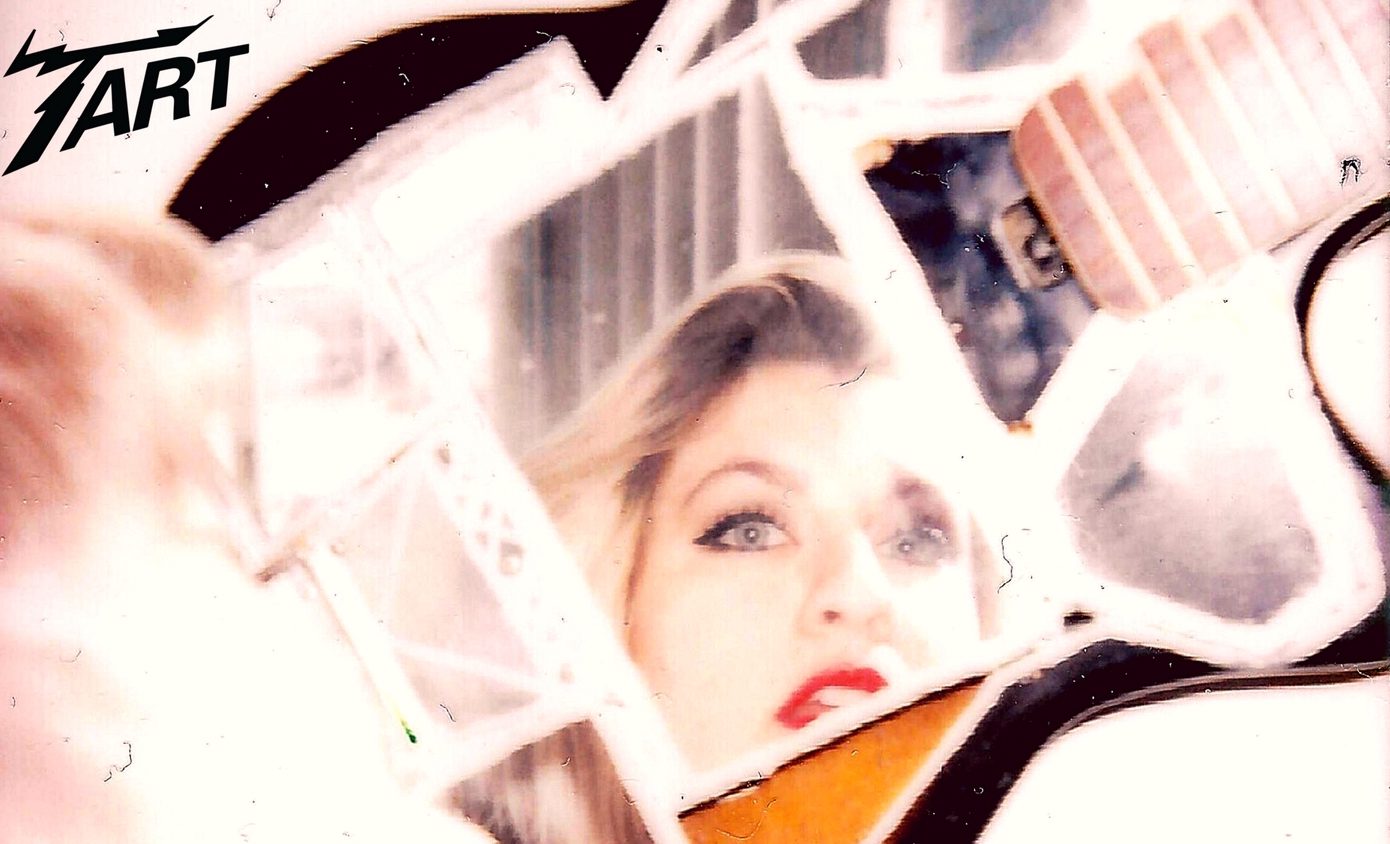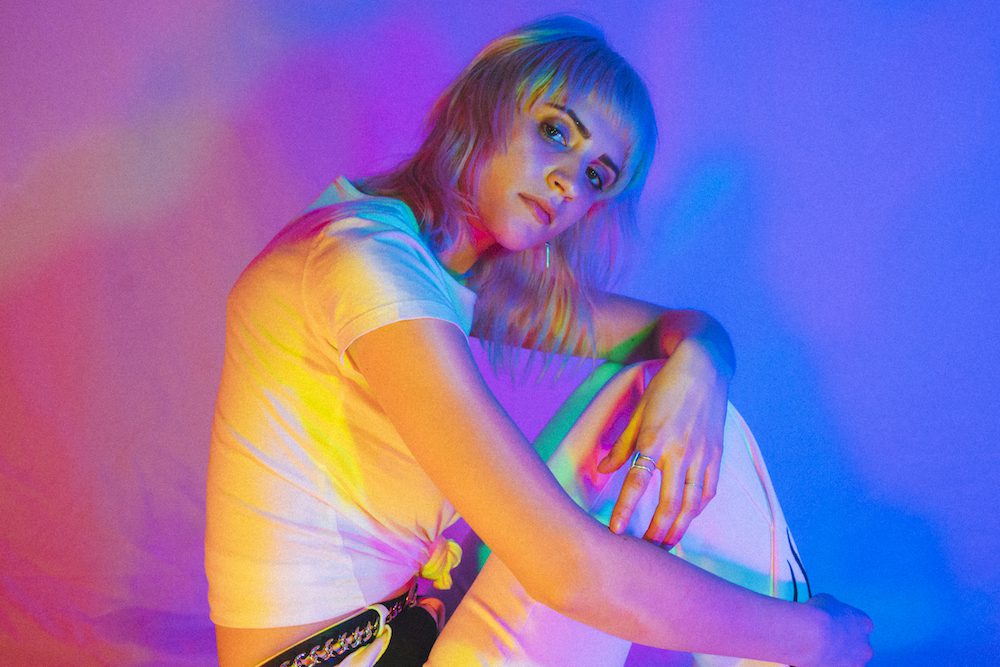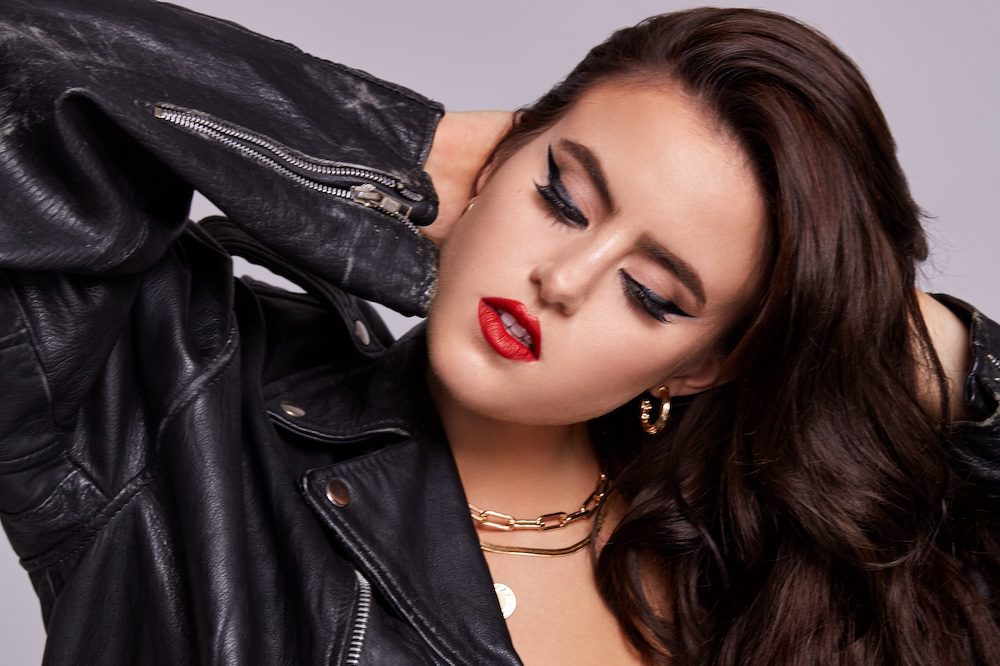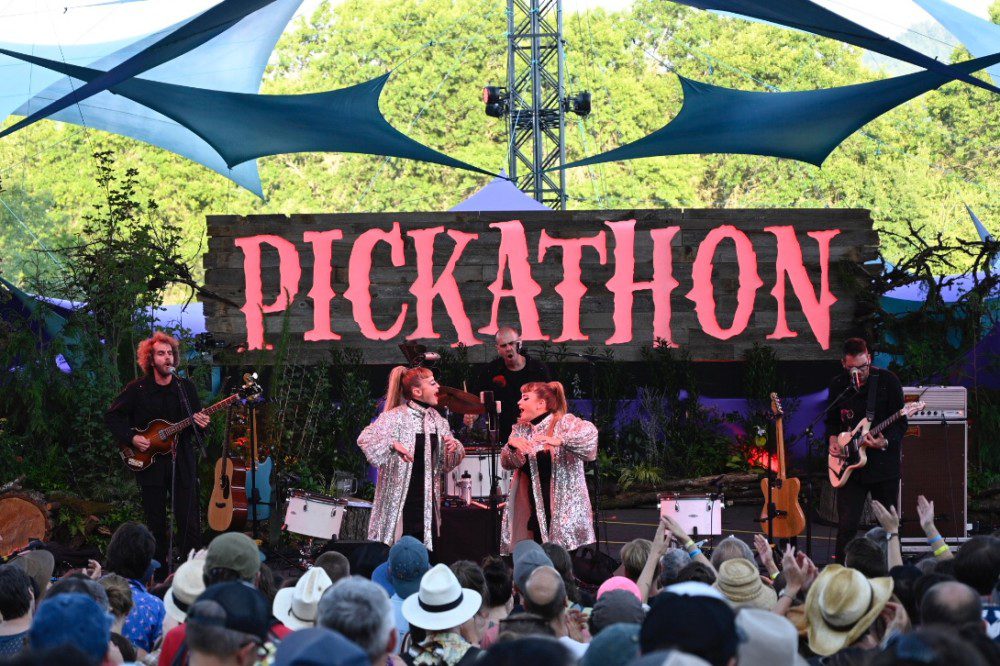
I’m somewhat of a veteran outdoor music festivals—growing up in Seattle, my hippy musician parents would tote me around to local festivals like Folklife and Bumbershoot, and several summer music camps throughout the west coast. By ten years-old, I was well-acquainted with dusty Birkenstock-clad feet, the usefulness of a good waterproof fanny pack, and the sneaky ways to smuggle a little hooch past festival security.
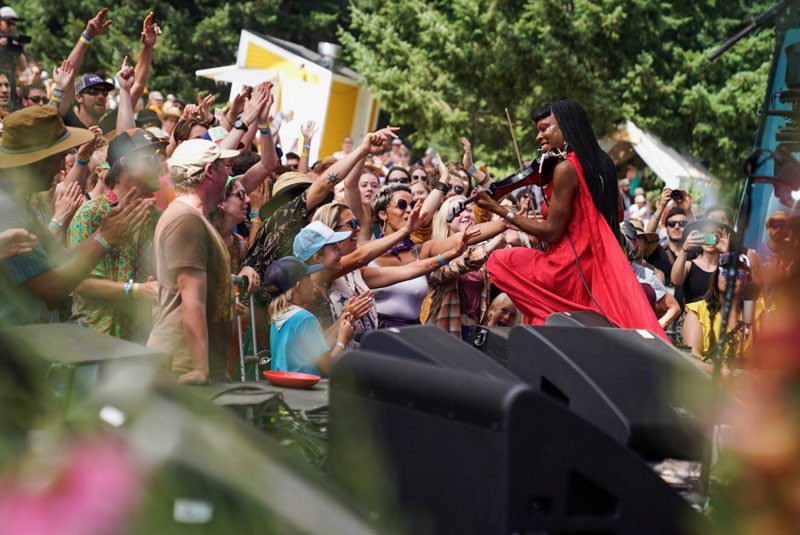
That said, I have never been to a music festival quite as perfect as Portland’s Pickathon. It’s probably the best outdoor festival I’ve ever attended, because it’s actually as diverse, sustainable, and well-organized as it promotes itself to be. The meticulously curated bill is the cherry on top.
Though this year was my first, 2019 marks Pickathon’s 21st birthday. The festival, located on the idyllic 80-acre Pendarvis Farm in southeast Portland, began in 1998 as a small bluegrass festival and has grown into a 6-stage camp-out extravaganza showcasing a large variety of musical styles and artists. In fact, Pitchfork named Pickathon “The Most Unique Music Festival of 2018.”
For someone like me who loves variety in their festival experience and blending genres, it was so awesome to see some of my favorite roots-y groups like Lucius—the duo of Jess Wolf and Holly Laessig—and Fruit Bats, the quirky indie-folk project of songwriter Eric Johnson, and then turn around and catch artists like the legendary Preservation Hall Jazz Band, fierce rap artist Karma Rivera, and blistering noise punk band, Help.
Along with genre diversity, Pickathon also does an excellent job of showcasing women and non-binary artists—an issue many festivals have come under fire for in recent years. Pickathon, mindful of the gap in gender representation on festival bills, featured 44% female/non-binary artists this year, including Black Belt Eagle Scout, fronted by queer, indigenous artist Katherine Paul, tender Australian singer-songwriter, Julia Jacklin, and Canadian ambient-folk artist Ora Cogan.
Pickathon is also incredibly sustainable. Along with using solar power, recycling, and composting, I never saw a single-use cup, plate, or utensil used on the grounds. Instead, when you arrive, they give you a metal cup—which most people attach to their belt with a stylish carabiner. There are also wooden tokens you use to get compostable plates and wooden utensils for your meals. Despite seeing about 3,500 attendees per day, the festival’s green dishware system works well to eliminate the need for plastics and decrease the festival’s overall footprint—and it becomes a powerful part of the festival’s culture, too. As one happy five-year-old said as he stood behind me in the dinner line, “This cup on my belt makes me feel cool.”
It’s true, the diversity and sustainability is a really cool part of Pickathon—as is the festival’s and intimate, down-to-earth feel. Pickathon’s relaxed vibe seems to stem from the beauty of the site and from how well-organized Pickathon is.
If you’re camping onsite, they’ve truly thought of everything—string lights line every wooded trail to light the way to your campsite, there are outdoor showers for $6, ice is available on-site, and there’s even multiple kid areas and a breastfeeding tent. If you don’t want to pack in a tent, you can pay a little more for them to set one up for you. They’ve also got a sizeable staff that are all quite familiar with the grounds and stages and can help you get where you need to be, and they’re all happy to help because Pickathon treats them so well. (Along with free all-you-can-eat food and drinks, they offered perks like free massages backstage for staff and artists.)
The down-to-earth feel impacts the way you experience the music at the festival too—while some booked it to catch big-name artists like Grateful Dead’s Phil Lesh, most people were content hanging at their favorite stage on a blanket, or wandering around with no agenda. This was my favorite way to do the festival because it left me open to discovering new music—like that of the incredible ambient folk artist Ora Cogan, from British Columbia—and it allowed me to sink into the calming natural environment.
In fact, I was just roaming the grounds when I landed at the Lucky Barn, a refurbished, air-conditioned barn full of eclectic items and a gorgeous living-room style stage. The Lucky Barn is a little different than other stages because in between songs artists are interviewed by journalists and radio personalities, giving listeners more context into their music. Midday Saturday, I caught the latter end of rapper Karma Rivera’s face-melting set. Between ruckus-inducing songs that had listeners on their feet, she and Fabi Reyna of She Shreds Magazine dove into issues of race and gentrification in Portland and how that has impacted the way rap music—and black people in general—are received in the area. The fact that a discussion like that could happen live on-stage in a constructive way is a testament to Pickathon’s efforts towards inclusion. (Though that isn’t to say they couldn’t do better. Karma was one of the only rap artists on the bill, and I second what she said during her Lucky Barn set—Pickathon could use even more representation of black artists and musical styles!)
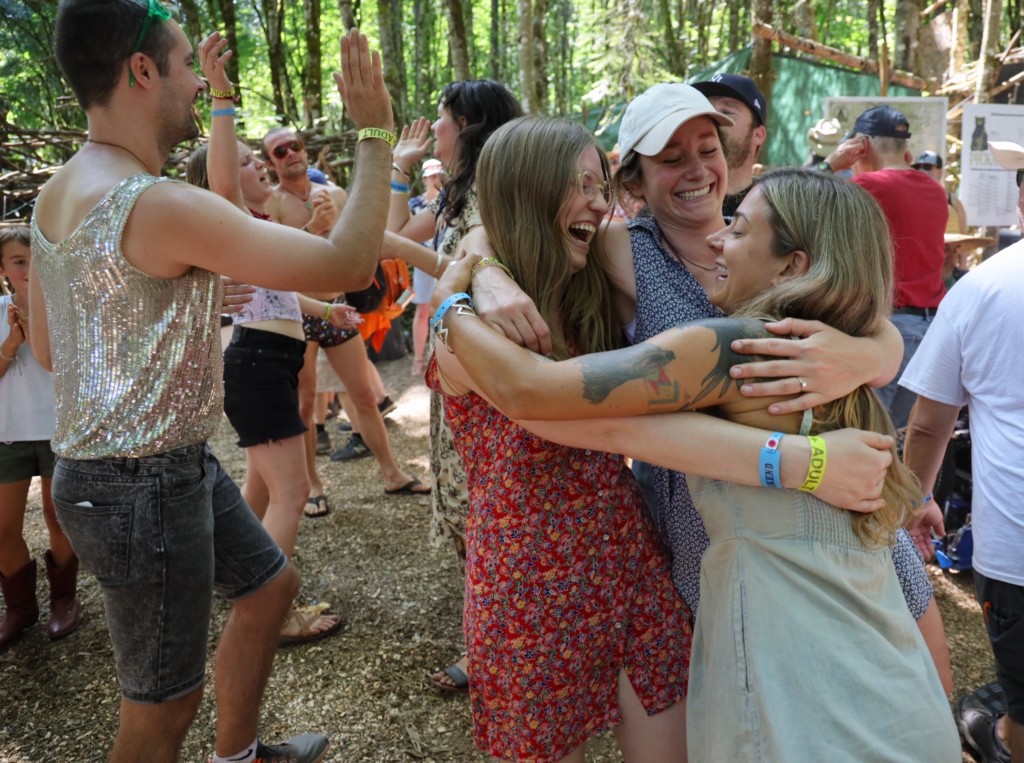
Another highlight for me was catching a band I’ve loved for years—Fruit Bats—in one of the most incredible listening areas I’ve ever seen. You can tell that Pickathon’s organizers really consider which stages will best suit which artists, and that takes the listening experience to the next level for festival-goers.
The Woods Stage, made entirely from tree branches, looks a lot like a colorfully lit driftwood fort. It’s nestled inside a clearing in the woods where many lay their blankets, sit in chairs, or rest in the first-come first-serve hammocks in the back. As Fruit Bats’ songwriter Eric Johnson sang tracks from their new album, Gold Past Life, I sipped a beer, swung in a hammock, and stared up at the rustling tree tops. It was the perfect setting for the shimmering, introspective indie-folk Fruit Bats served up.
Finally, I understand why people come back to Pickathon year after year. Pickathon’s organizers have put in the time and effort—and then some—to make it a truly beautiful, memorable, and fun annual event to be a part of, and there is a real feel of family among the festival-goers. I came back with a nature high, achy dancing legs, and a whole list of new artists to delve into. What more could I ask for?

